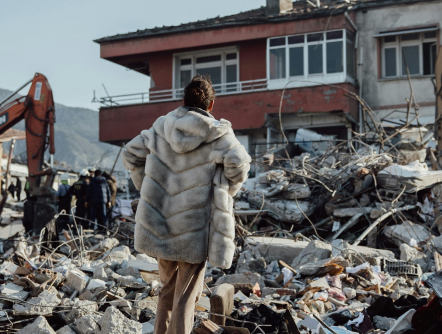Introduction
Disasters, whether natural or man-made, can devastate communities, leading to loss of life, property, and livelihoods. Traditional disaster relief often relies heavily on external aid, which, while necessary in the immediate aftermath, may not always contribute to long-term recovery. This article explores the importance of harnessing local resources for sustainable disaster recovery, providing a blueprint that emphasizes community resilience, local knowledge, and sustainable practices.
The Importance of Local Resources
- Community Resilience: Local resources foster resilience by empowering communities to take charge of their recovery efforts. This leads to a stronger sense of ownership and accountability.
- Cultural Relevance: Local knowledge and practices are often more culturally relevant, ensuring that recovery efforts align with community values and needs.
- Economic Sustainability: Utilizing local resources can stimulate the local economy, providing jobs and supporting businesses that may have been affected by the disaster.
Key Strategies for Harnessing Local Resources
1. Community Engagement
- Involve Local Leaders: Collaborate with community leaders to identify needs and resources.
- Conduct Surveys and Workshops: Engage residents in discussions to gather insights on local strengths and vulnerabilities.
2. Mapping Local Resources
- Resource Inventory: Create a comprehensive inventory of local assets, including human capital, infrastructure, and natural resources.
- Geographic Information Systems (GIS): Use GIS technology to visualize resources and identify areas most in need.
3. Training and Capacity Building
- Skill Development: Provide training programs to enhance local skills in areas such as construction, agriculture, and emergency response.
- Leadership Development: Invest in leadership training to empower local individuals to take on roles in disaster recovery efforts.
4. Partnerships and Collaboration
- Local Organizations: Partner with local NGOs and community groups that have established trust and networks within the community.
- Public-Private Partnerships: Engage local businesses in recovery efforts, encouraging them to contribute resources or services.
5. Sustainable Practices
- Eco-Friendly Solutions: Promote the use of sustainable materials and practices in rebuilding efforts to minimize environmental impact.
- Diversified Livelihoods: Encourage diversification of local economies to reduce vulnerability to future disasters.
Case Studies
- Post-Hurricane Katrina Recovery: New Orleans exemplified the power of local initiatives, where community organizations played a vital role in rebuilding neighborhoods and restoring cultural heritage.
- Nepal Earthquake Recovery: Following the 2015 earthquake, local communities utilized traditional building techniques and materials, which not only preserved cultural identity but also enhanced resilience to future quakes.
Conclusion
Harnessing local resources is crucial for long-term disaster recovery. By engaging communities, mapping resources, building capacity, fostering partnerships, and promoting sustainable practices, recovery efforts can be more effective and resilient. This blueprint not only aids in rebuilding after a disaster but also strengthens the fabric of communities, making them better prepared for future challenges.
By focusing on local resources, we can create a sustainable model for disaster relief that prioritizes community empowerment and resilience, ensuring that recovery is not just about rebuilding, but about thriving in the face of adversity.

